Over a year ago, Google released Dataset Search in public beta. The goal was to index datasets across the internets to make them easier to find. It came out of beta:
Based on what we’ve learned from the early adopters of Dataset Search, we’ve added new features. You can now filter the results based on the types of dataset that you want (e.g., tables, images, text), or whether the dataset is available for free from the provider. If a dataset is about a geographic area, you can see the map. Plus, the product is now available on mobile and we’ve significantly improved the quality of dataset descriptions. One thing hasn’t changed however: anybody who publishes data can make their datasets discoverable in Dataset Search by using an open standard (schema.org) to describe the properties of their dataset on their own web page.
I haven’t tried it in a while, but the last time I did, there weren’t that many sources yet, because the indexing partially relies on others to use a standard to provide metadata. Kicking the tires on it now, it still kind of feels like an index of other dataset aggregators, but I’m interested.



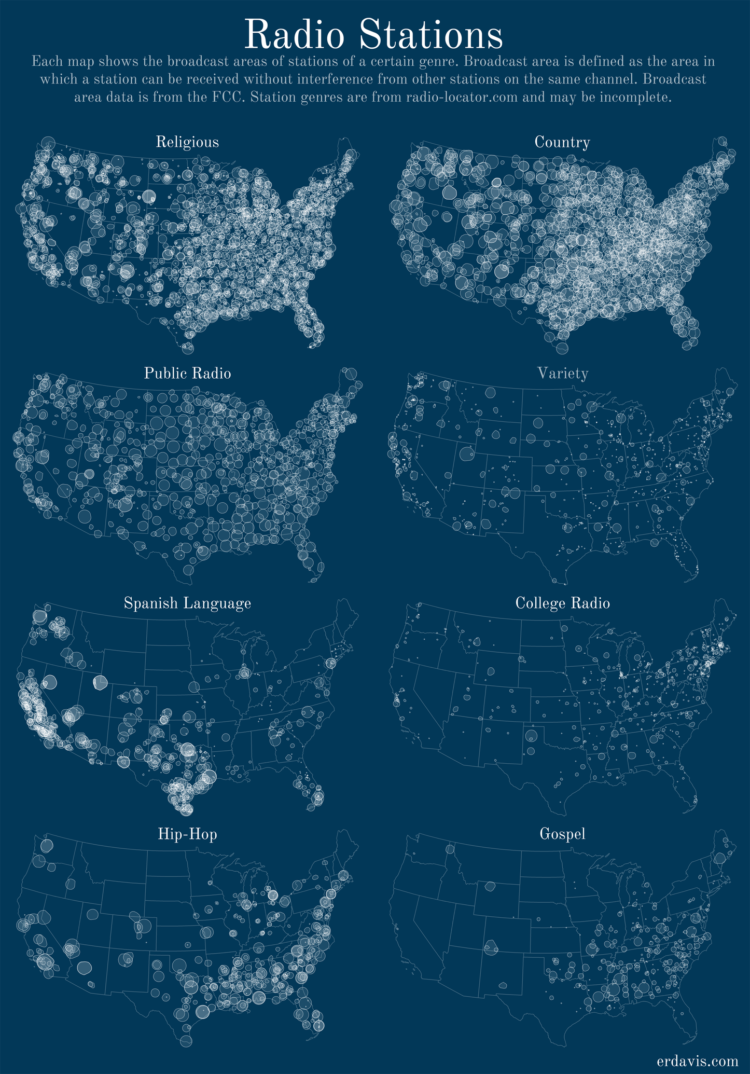

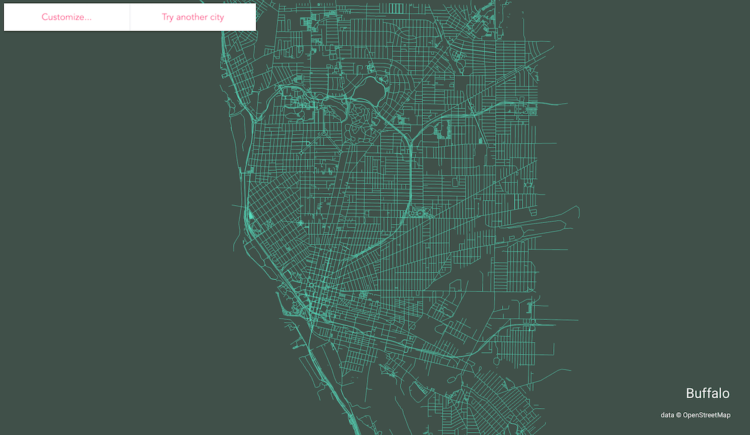

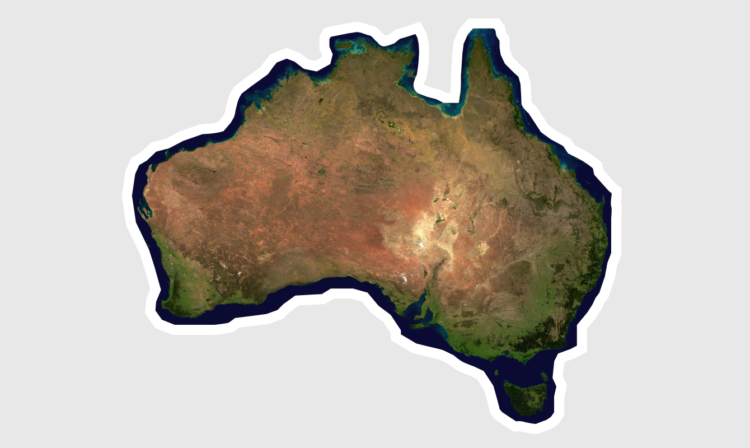


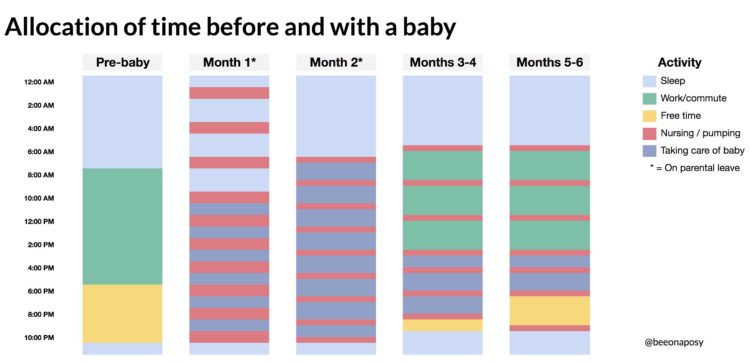
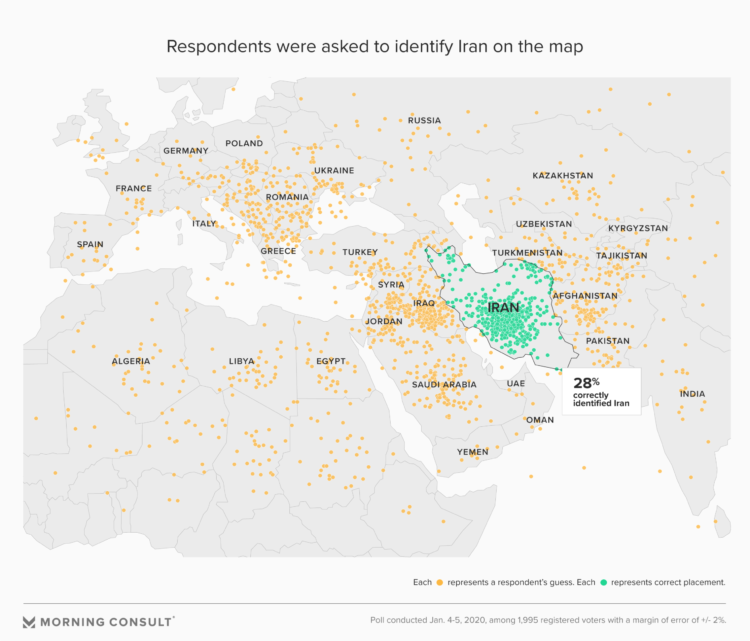
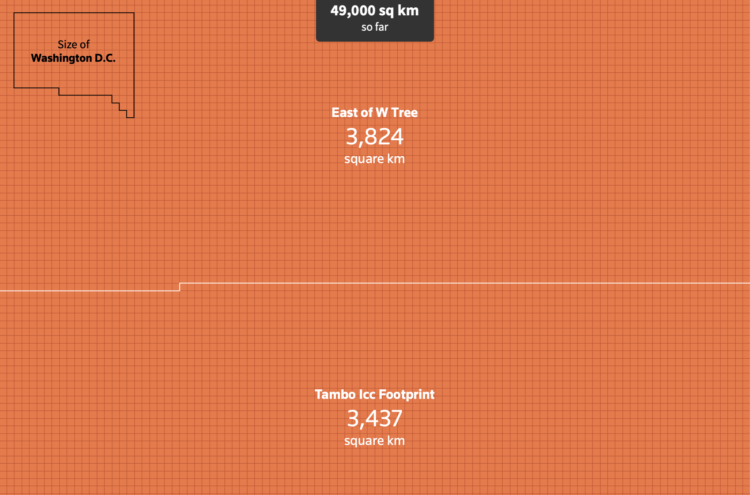

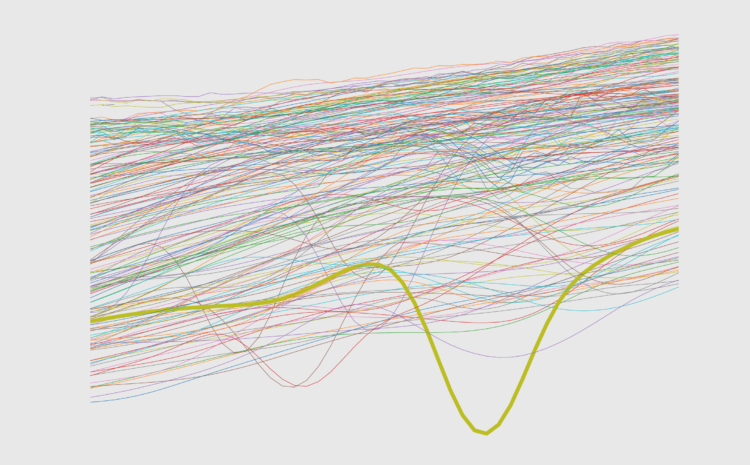

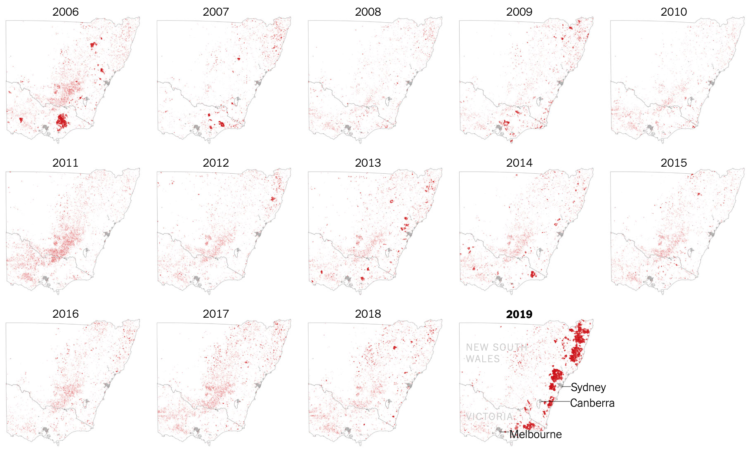
 Visualize This: The FlowingData Guide to Design, Visualization, and Statistics (2nd Edition)
Visualize This: The FlowingData Guide to Design, Visualization, and Statistics (2nd Edition)










